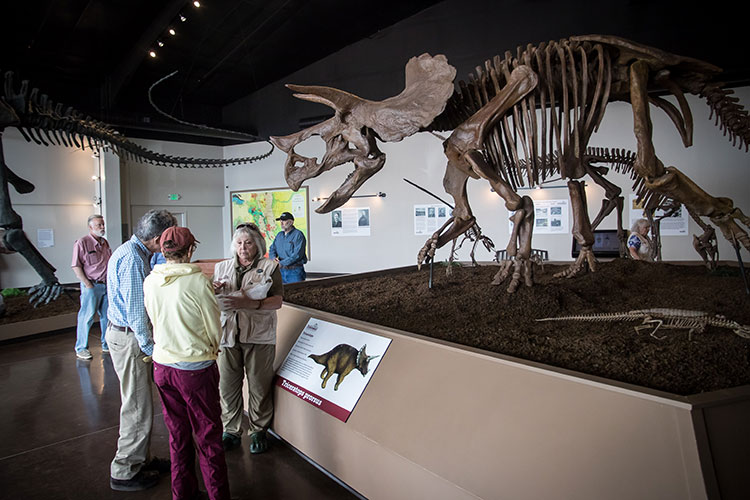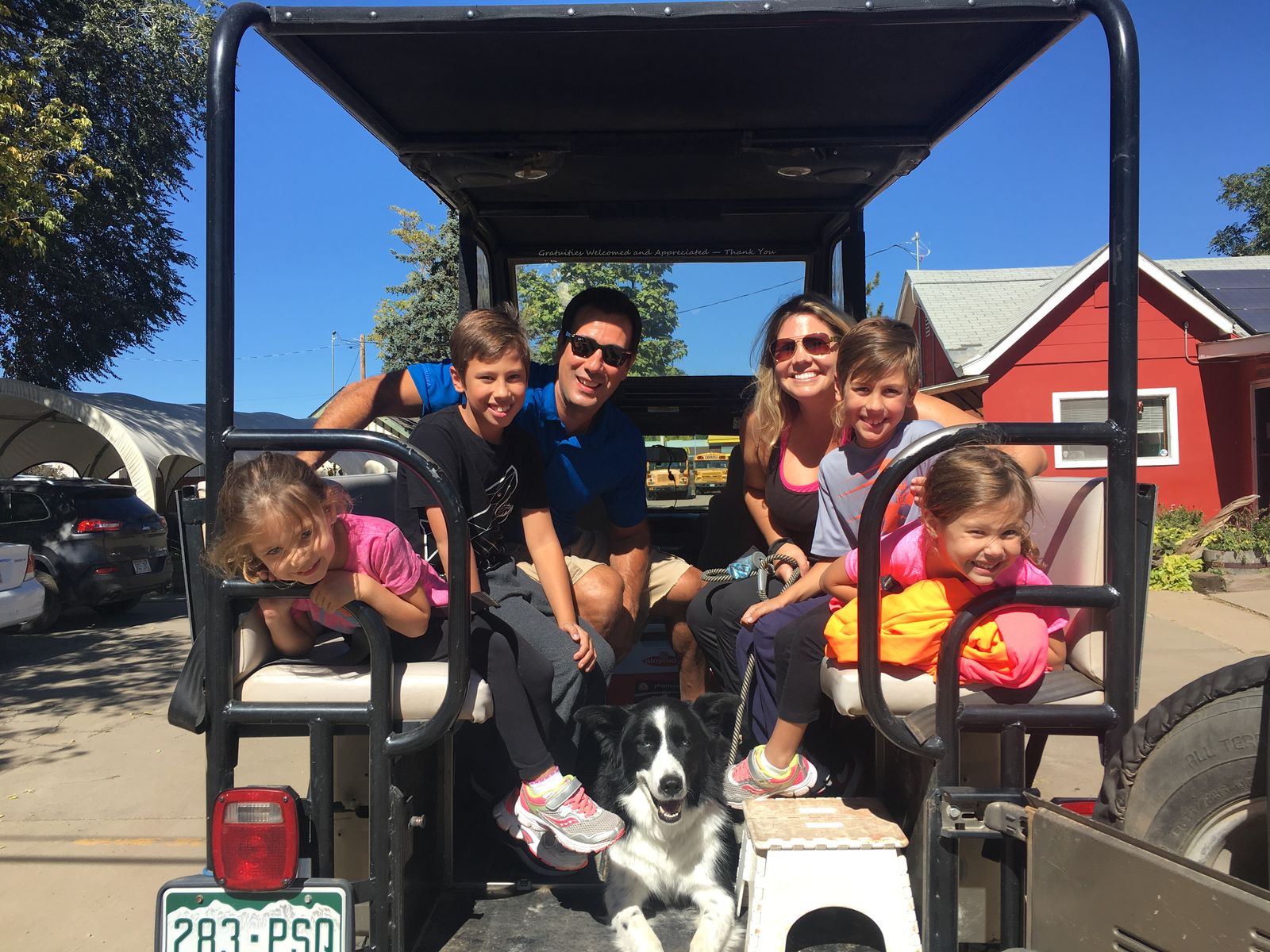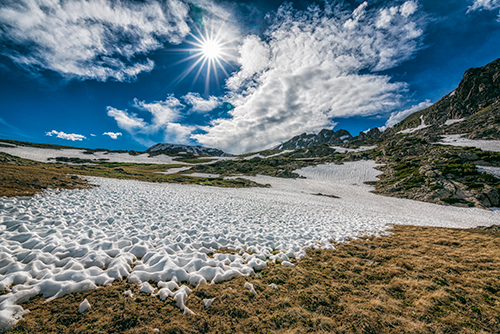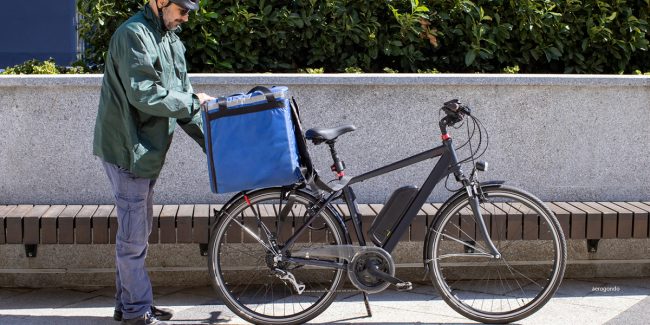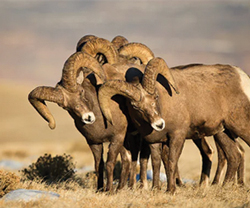Royal Gorge Dinosaur Fossils
Royal Gorge Dinosaur Fossils and more
View dinosaur fossils and prehistoric tracks, walk discovery trails, search for fossils (never disturb or remove fossils) and visit the Royal Gorge Regional History Museum to see an outstanding display of dinosaur fossils, dinosaur bones, and a complete Stegosaurus replica skeleton displayed as it was found in the ground in 1992.
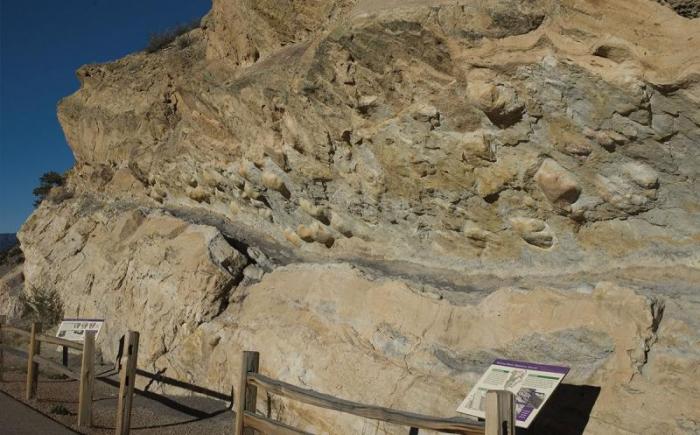
Garden Park Fossil Area
Garden Park Fossil Area, located just north of Cañon City on Red Canyon Road, is a 3,600-acre area that has been producing significant dinosaur fossils for nearly 125 years. Most of the Jurassic dinosaur fossils displayed at the Smithsonian’s Museum of Natural History are from this area. Three stegosaurus skeletons, including Colorado’s state fossil, were excavated here.Indian Springs Trace Fossil Site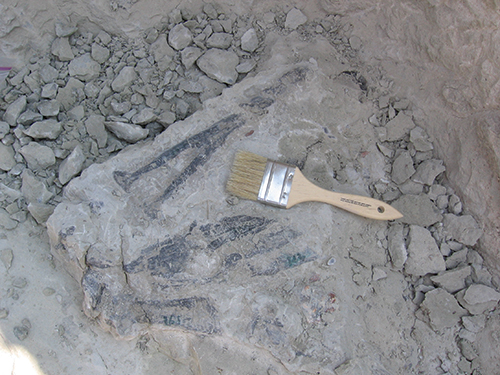
The National Park Service also designates the privately owned Indian Springs Trace Fossil Site as a National Natural Landmark. Located just east of Cañon City on the private Thorson Family Ranch, the National Park Service designated it as a National Natural Landmark due to the importance of the Ordovician Period (485 to 443 million years ago) trace fossils found there. These trace fossils include tracks left by trilobites, fish, and other prehistoric creatures on the bottom of an ancient ocean. Indian Springs is considered the best locality to study Ordovician Period trace fossils in North America because of the excellent preservation and wide variety of ichnospecies, or types of trace fossils, found there.
Royal Gorge Dinosaur Fossils Experience
Home to a world-class collection of interactive displays, full-scale dinosaur fossil casts, real dinosaur fossils, entertaining guided tours of the exhibit halls, and outdoor animatronic dinosaur exhibits. Leave knowing a lot more about Colorado’s paleontological history while also creating indelible memories of a great time spent learning, discovering, and having fun with friends and family.

